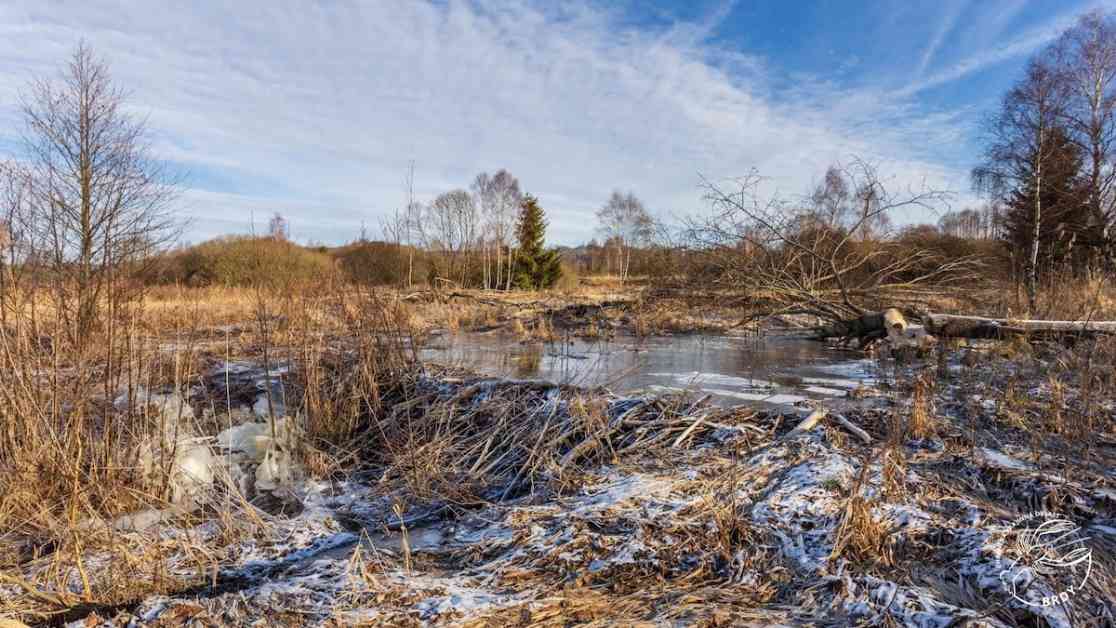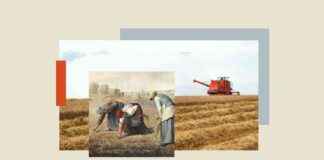A Beaver’s Touch: How Nature’s Engineers Transformed Wetlands in the Czech Republic
In a remarkable turn of events, a colony of eight beavers in the Czech Republic has taken matters into their own paws, flooding and constructing dams on a former army training site that now stands as a protected area. This unexpected intervention by these industrious creatures has not only saved taxpayers an estimated $1.2 million but has also highlighted the incredible power of nature to restore and enhance ecosystems in ways that human intervention often falls short.
The Nature Conservation Agency of the Czech Republic had initially planned to construct a dam to protect endangered crayfish in the Klabava River from acidic water and sediment seeping into the waterway from two adjacent ponds. However, bureaucratic hurdles and permit delays had stalled the project until the unexpected arrival of the beavers.
Jaroslav Obermajer, the Central Bohemian office head at the Czech Nature and Landscape Protection Agency, shared his admiration for the beavers’ intuitive prowess, stating, “Beavers always know best. The places where they build dams are always chosen just right – better than when we design it on paper.” This sentiment underscores the organic wisdom and efficiency of these creatures in creating sustainable habitats.
Nature’s Ingenious Engineers: The Beaver’s Impact on Wetlands Ecosystems
Beavers, renowned as semi-aquatic “ecosystem engineers,” utilize mud, rocks, and wood to construct dams that block streams and create vital water reservoirs known as “beaver ponds.” Not only do these structures serve as a food source and refuge for beavers, but they also play a crucial role in fostering biodiversity and enhancing water quality. The pools and canals created by the beavers in the Brdy Protected Landscape Area have not only doubled the planned area but have also provided ideal conditions for wetland species, including frogs and the elusive stone crayfish.
Environmentalists who inspected the beavers’ handiwork marveled at the potential benefits to the ecosystem, noting that these newly formed wetlands would support a variety of species and serve as a sanctuary for wildlife. Beyond their immediate impact, beavers’ dams also have far-reaching effects, creating habitats for fish, insects, amphibians, and even larger animals like herons, whooping cranes, bison, and moose. Additionally, these structures act as firebreaks and carbon sinks, further underscoring the vital role of beavers in maintaining ecological balance.
Challenges and Coexistence: Navigating Human-Wildlife Interactions
While the beavers’ intervention has been largely celebrated for its positive ecological outcomes, there have been some challenges and concerns raised by certain stakeholders. Farmers, in particular, have expressed reservations about the beavers’ tree-felling activities, which can impact local vegetation. However, as the site is situated in a protected area designated in 2016 and far from farmland, the likelihood of significant conflicts with human activities remains low for the foreseeable future.
Bohumil Fišer, who heads the Brdy Protected Landscape Area and collaborates with the Czech Nature Conservation Agency, emphasized the long-term perspective, stating, “We don’t expect any conflict with the beaver in the next 10 years.” This pragmatic approach acknowledges the importance of balancing human interests with wildlife conservation efforts, highlighting the need for sustainable coexistence between humans and these remarkable ecosystem engineers.
In conclusion, the story of the beavers’ transformative impact on the wetlands of the Czech Republic serves as a powerful reminder of the intricate interplay between human development and natural ecosystems. By embracing the lessons of these industrious creatures, we can gain valuable insights into sustainable environmental stewardship and the vital role that wildlife plays in shaping our shared landscapes. As we look to the future, let us draw inspiration from the beavers’ resilience and adaptability, recognizing that sometimes the best solutions lie not in our plans but in the wisdom of nature itself.














